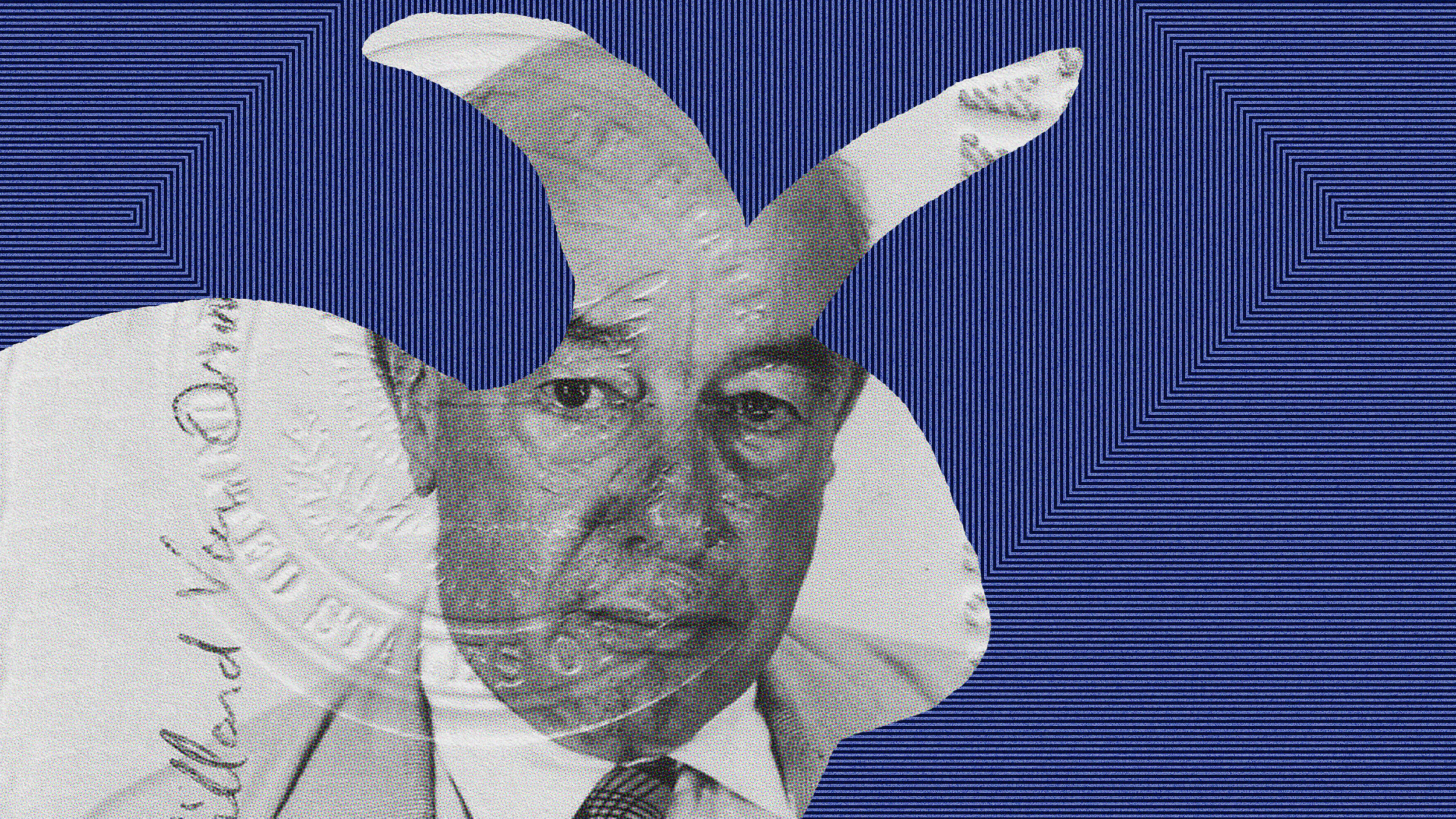DAN SEEWALD: I'd love to tell you about a recent experience I had with a large company that was really struggling to crack a big problem. So, where did it start? It started with getting clarity around what was the problem they needed to solve? Now initially, this organization was trying to solve a big brand or business challenge. They're trying to grow their business. And that's where they started. They said, we want to make our sales go way up. But that wasn't a problem. That was a wish, an aspiration. So we had to use a mapping technique where we begin to visualize what are all of the challenges or the underlying pain points and unmet needs that are underneath that problem? And by visualizing just from one starting point, which they thought was the right challenge, we were able to identify not one or two, but 30 or 40 different areas that we could explore.
And what was important is that before we ever stepped foot into a workshop, we were able to visualize and see the different elements that you could attack and try to solve for. And very curiously, they realized that it wasn't just one problem that they need to solve, it was three or four that they wanted to prioritize right now. It also gave them opportunities to explore in the future. But by visualizing and understanding your problem well ahead of time, that's what allows you to have the most effective problem-solving or design-thinking session later on. So that's first and foremost. But in addition to that, what I found to be really powerful was asking people to think about where else this problem's been solved. And what do I mean by that? They took the challenge, the problem that they defined, and they thought, where else has that problem been seen before?
I'll give you an example. A long time ago, Ban, maker of deodorants, was trying to figure out how they could better apply deodorant that was a spray deodorant. Now, the spray was very uneven, they had a lot of customer complaints. They're trying to think, how can we pivot or do things differently? So they asked, where else in the world has this problem been solved? Or, to put it another way, where else are things applied unevenly? Sure enough, as they started to characterize it and come up with many different possibilities, what they came up with was roller ball pens. So the pen technology, if you think about the BIC ballpoint pen, that pen uses what originally was a messy fountain pen, and they used a roller ball technology. So by looking at that, they said, well, how might we apply that technology to our problem? And sure enough, what they came up with was the idea of the Ban roll-on deodorant. You may have seen it before, the roller ball. Before that, it had not existed.
So by going outside of that world, it gave them a new and fresh solution that otherwise they wouldn't have discovered. So we will take that problem and we'll ask people to think about it before they ever step foot into the workshop. And then when they're in the workshop, we do multiple things. Number one, we align on what is the goal or the vision that we're trying to achieve, because it's often the case that people are solving for different things and for different reasons. So getting that clarity, sitting down together, and being able to facilitate a conversation in a meaningful way with provocative questions builds that alignment that may otherwise go unspoken.
We collect insights because insights are really the pearls that make everything change. It's a game-changer when you're able to find the deep, hidden stories that people are not sharing that can really unlock potential. So we will do some of that work ahead of time, but then work with our group to be able to visualize some of those insights. And quite frankly, the majority of what we try to do is understand the problem before we solve it. So we'll spend more than half our time understanding the problem, visualizing it, gathering insights, empathizing deeply. And then and only then will we build the starter platforms, the opportunities that we can ideate on. And then there's many different techniques that you can use, from lateral thinking to traditional ideation or brainstorming techniques. We'll mix and match based on the wants and the needs.
But what I think is most important is that we go from ideas to experimentation very quickly, because ideas are commodities. Ideas alone mean very little. Everybody has ideas. But to begin to test it, to bring it to reality, to tease out the critical assumptions, the things that we're uncertain about that have a high impact and a high uncertainty. If we can understand that and quickly test and learn from it, we can rapidly iterate those ideas. Because the mother of innovation is not ideation, it's iteration. And to iterate, you need to be able to test, learn, and experiment. So we will bring things all the way through to meaningful experiments that allow for the learning, the uncertainty to unfold. And sometimes it'll lead to failure. Other times it'll lead to breakthroughs.





